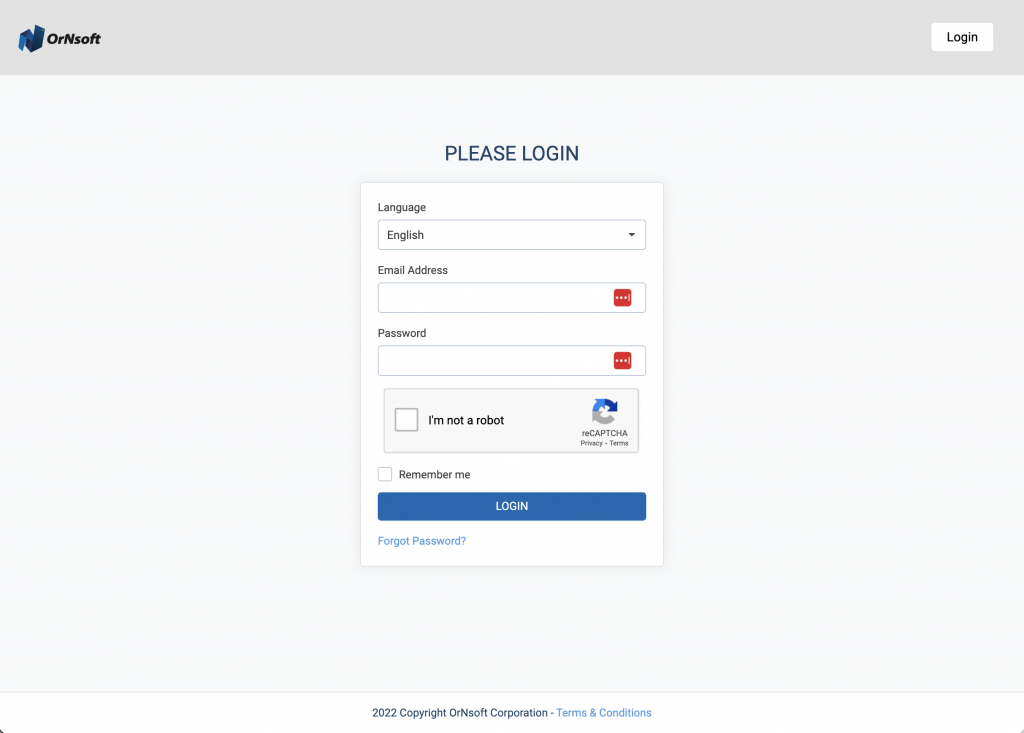Thinking about robotic process automation, or RPA, may remind you of the film Willy Wonka. More specifically, the scene where the father gets laid off because a robot was replacing his job. That is an accurate depiction of RPA, except it encompasses just one aspect of this broad technology. Robotic process automations are technologies based on softwares that are intended to collaborate with humans by assisting in any job with multiple complex tasks.
RPA in business
To be more precise, robotic process automations are machines that are instructed to perform repetitive manual tasks. These robots are able to capture and interpret applications end-to-end, without much human interaction. Their tasks can range from processing a transaction, to manipulating data, to triggering responses and communicating with digital systems to help make labour-intensive work more efficient.
Intelligent automation: RPA and AI
Why are we talking about robotic process automations? Because RPAs work together with artificial intelligence to form something called intelligent automation, which is essentially a software working as a human employee. This is a type of robotic process automation that many of us have experienced lately when calling customer service and speaking to an automated receptionist. Similarly to AI, it can assimilate data and return accurate responses.
Financial automation: the humble beginnings of RPA
When RPAs first appeared in the business world, they were mainly used for financial automation. This encompassed making sure that accounting was done correctly and efficiently. Nowadays, they have adapted to fit into many other industries, where they have been shown to increase the productivity of procedures and improve efficiency. For example, robotic process automations help with claims processing departments at insurance companies by verifying information through a preset automated workflow. Since they are robots that do not require any type of human intervention, they are uniquely suited to fill business productivity gaps involving simple administrative tasks – with accuracy and without bias.
______
Some companies have been able cut costs by 20-30% with this newfound improvement in efficiency and its ability to work continuously. RPAs also reduce operational risks like human error, which improves accuracy and customer experience, and is developing more efficiently every day. Now working together with artificial intelligence, these technologies allow companies to embrace a more cohesive and automated working environment.

